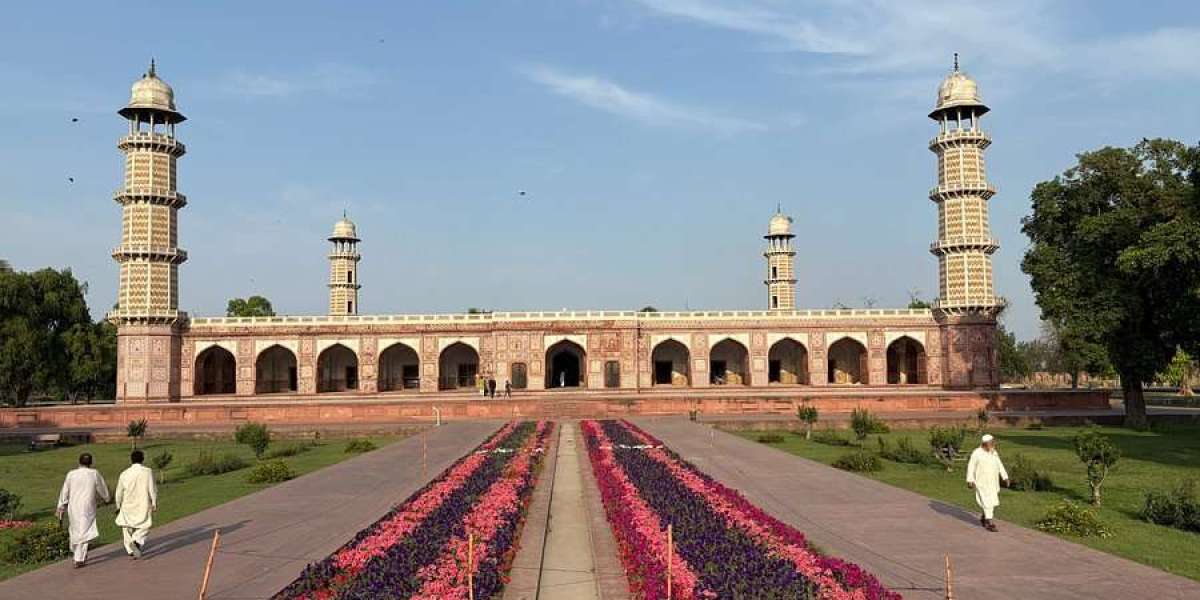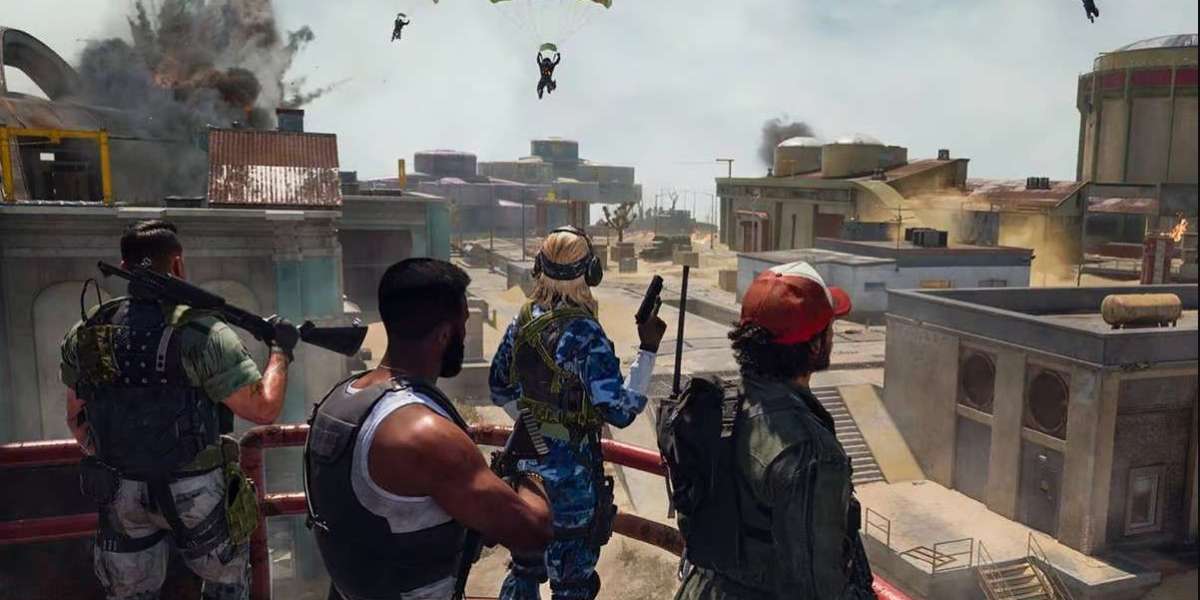Lahore, the cultural capital of Pakistan, is renowned for its grand Mughal architecture, bustling bazaars, and rich history. Places like the Lahore Fort, Badshahi Mosque, and Shalimar Gardens draw thousands of tourists every year. But beyond these well-trodden paths lie hidden treasures—lesser-known historical sites that whisper stories of the city’s layered past. For the curious traveler, these hidden gems offer a more intimate and nuanced glimpse into Lahore's soul.
1. Mochi Gate and Its Forgotten Glory
Lahore was once a walled city with 13 gates, each a gateway to a distinct cultural and commercial hub. While Delhi Gate and Bhati Gate often steal the spotlight, Mochi Gate remains largely overlooked. Historically, it was a center of political activity and storytelling, hosting public gatherings and passionate oratory.
Wandering through Mochi Gate today reveals a quieter charm. Its narrow alleys are lined with old havelis, intricate jharokas (balconies), and timeworn structures that hark back to the Sikh and British colonial eras. One notable site is the Mochi Baagh, once a rally ground for political leaders like Zulfikar Ali Bhutto and Nawabzada Nasrullah Khan. Though in need of preservation, it still echoes with Lahore’s vibrant political past.
2. Haveli of Nau Nihal Singh
Tucked near the Bhati Gate, the Haveli of Nau Nihal Singh is a rare example of preserved Sikh architecture in Lahore. Nau Nihal Singh, the grandson of Maharaja Ranjit Singh, built this haveli in the early 19th century. It currently functions as a girls' school, but visitors with the right permissions can marvel at its ornate frescoes, wooden carvings, and brightly painted ceilings.
Unlike Mughal monuments that dominate Lahore’s skyline, this haveli’s beauty lies in its vibrant interior decor and well-preserved structure. The fusion of Sikh, Hindu, and Islamic motifs reflects the syncretic culture of the time.
3. Tomb of Dai Anga
Often overshadowed by grander mausoleums, the Tomb of Dai Anga (wet nurse of Emperor Shah Jahan) is a quiet sanctuary of Mughal elegance. Located near the Gulabi Bagh Gateway, this tomb dates back to 1671 and features delicate frescoes, calligraphy, and tile work that rival those in more famous sites.
Though not as expansive as Jahangir’s Tomb, Dai Anga’s resting place reflects the deep reverence given to her role in the emperor’s upbringing. Its peaceful garden setting and modest yet intricate architecture make it a perfect stop for contemplative visitors.
4. Chuna Mandi and the Hidden Courtyards
Chuna Mandi, situated near the Wazir Khan Mosque, is a labyrinth of streets revealing stories from centuries past. While tourists visit the mosque’s iconic tile work, few wander deeper into Chuna Mandi, where colonial-era schools, abandoned havelis, and private courtyards exist in semi-obscurity.
One such hidden courtyard belongs to the Fakir Khana Museum, a private collection housed in a family haveli. With over 20,000 artifacts—including miniature paintings, manuscripts, weapons, and relics from the Sikh and Mughal eras—this museum offers a deeply personal perspective on Lahore’s history. Visits are by appointment only, adding to its exclusivity.
5. Gora Kabristan (The Old Christian Cemetery)
Behind the bustling Mall Road lies Gora Kabristan, a serene, tree-lined cemetery dating back to British colonial times. It holds the graves of British officers, missionaries, and soldiers, many of whom played roles in shaping Lahore’s colonial infrastructure.
Beyond its melancholic beauty, the cemetery provides insight into the colonial legacy of the city. Weathered tombstones bear tales of plague, wars, and cross-cultural lives. For those interested in the colonial history of Lahore, Gora Kabristan offers a reflective and haunting journey.
6. The Samadhi of Maharaja Ranjit Singh
While it’s located near the Lahore Fort and Badshahi Mosque, the Samadhi of Maharaja Ranjit Singh often goes unnoticed by tourists focused on the Mughal landmarks. This marble-domed shrine is the final resting place of the greatest Sikh ruler, surrounded by intricate Sikh artwork, frescoes, and gilded motifs.
Inside, his ashes are contained in a gilded urn surrounded by marble lotus flowers and brass railings. It’s a solemn yet grand monument to a ruler who unified Punjab and maintained peace in a turbulent era. Its proximity to prominent landmarks makes it easily accessible, yet it remains off the radar for many.
7. Barood Khana (The Gunpowder House)
Another colonial-era relic, Barood Khana is one of the oldest surviving residences in Lahore. Once used for storing gunpowder, it later became a family residence and an underground meeting point for artists and intellectuals in the post-independence era.
Now owned by artist and activist Salima Hashmi, Barood Khana is more than a building—it’s a living monument to Lahore’s progressive and artistic spirit. Occasionally, it hosts art exhibitions and cultural events, but even in silence, the building speaks volumes of its storied past.
8. Sheikhupura Fort and Hiran Minar
Though technically outside Lahore (about 40 km away), Hiran Minar and the nearby Sheikhupura Fort are often missed by tourists due to their location. Built by Emperor Jahangir in memory of his beloved antelope, Hiran Minar is a unique Mughal hunting retreat, featuring a tall minaret, a vast water tank, and a central pavilion.
The area is peaceful, scenic, and relatively undeveloped, making it ideal for day-trippers seeking serenity and a break from the crowded city. The nearby Sheikhupura Fort, though in need of restoration, retains impressive walls and decorative elements from the Mughal and Sikh periods.
9. Miani Sahib Graveyard
The largest and oldest graveyard in Lahore, Miani Sahib dates back to the Mughal era and is the final resting place of many notable personalities, including poets, politicians, and Sufi saints. It’s a place where Lahore’s spiritual, cultural, and political history intertwines.
While not traditionally a tourist destination, a respectful walk through Miani Sahib offers an alternative historical experience—one that emphasizes memory and legacy rather than architecture.







